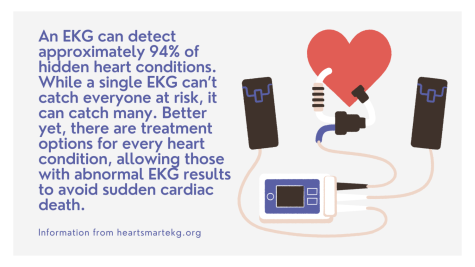Plastic’s in the Air – and Land – and Seas
California droughts. Shrinking of the Arctic sea ice. The 2018 Chicago Polar Vortex. The effects of environmental changes have become a daily cover story on our news sources and whether or not we believe in climate change, the ongoing climate spiral is definitely leaving a smoky residue on the world.
While plastic isn’t the only cause for environmental changes, it has greatly contributed to it. Despite its unimpressive appearance, it has the ability to pollute waterways, cause loss of biodiversity and release chemicals into the air from landfills. According to the US Environmental Protection Agency and Plastic Oceans International, of the 26.5 million tons of plastic that end up in landfills annually in the US, 50% of it is for single-use purposes only: K-Cups, straws, cups, utensils, water bottles, etc.
Surprised by these stats, I used my summer to begin researching ways to reduce plastic by commonly used products in the community with the help of former UIC professor, Dr. Jihye Lee. I discovered why some of our most popular plastic products aren’t recycled: Keurig’s “K-Cups” are made from composite plastic, plastic straws are too lightweight, and plastic bottles are simply more thrown away than recycled – nearly 7 out of 10 times according to CBS. So, I decided to go down the reusable route.
I started my project by assigning three volunteers one of the plastic products I was studying, then collected data on how many times they used single-use plastic during the first week and the reusable option the second week.
I began by looking at K-Cups. In the two weeks, Volunteer 1, a daily Keurig user, brewed 7-8 cups per week. That means, according to the data from the Keurig website, this one individual can reduce their plastic waste by 13.76 lbs in 4 years, the average lifetime of a reusable K-Cup. Despite the perceived difficulty of using a new product, this volunteer reported that she switched to using a reusable K-Cup alternative after her trial because she’d gotten used to it by the third day of week 2.
A similar pattern is seen for plastic straws and bottles. According to Phys, an online science site, the average weight of a plastic straw is 0.42 grams. My study shows that with a reusable straw, Volunteer 2 reduced their plastic waste by 0.01 lbs in the second week. If this volunteer used the reusable straw at this rate for a year, that number rises to 0.578 lbs. While this number may seem minimal, that’s 624 straws from one person that wouldn’t touch our oceans per year.
Lastly, I looked at plastic water bottles – the heaviest of my three plastic products. My study shows that Volunteer 3 used an average of 11 plastic water bottles a week. With a reusable bottle, he reduced almost 0.3 lbs of plastic during the second week which would then equate to 61.15 lbs in 4 years – the average lifetime of a reusable bottle according to NY Times. Perhaps investing in a Hydroflask contributes to more than the VSCO girl trend.
Individually, these results may not seem significant. So, I created a survey looking at the consumption of these three products in the Chicagoland area. This survey was shared on various social media platforms and given to individuals in the different parts of Chicagoland to then be shared in those communities. With over 200 responses, I was able to calculate how these results translate into our community. According to my survey, the Chicagoland area alone can reduce the amount of plastic produced annually by almost 33.5 million lbs through reusable K-Cups, straws, and bottles. With just these three products alone, the environmental impact we can make is tremendous.
Looking around our community, businesses and social networking often promote environmental awareness. From reusable cup discounts at Starbucks to trends like the VSCO girl faze which highlight “beauty” in reusable straws, we’re given opportunities to make a difference. Yes, we aren’t always environmentally aware, but that’s more the reason to find convenient and simple environmentally-friendly methods that easily integrate into our everyday lives. While taking the step to buy a reusable alternative may seem redundant and insignificant to one individual, it’s a collective mindset that will initiate lasting change. In the end, it all falls down to us. Will we turn the blue sky, gray or the gray grass, green?









